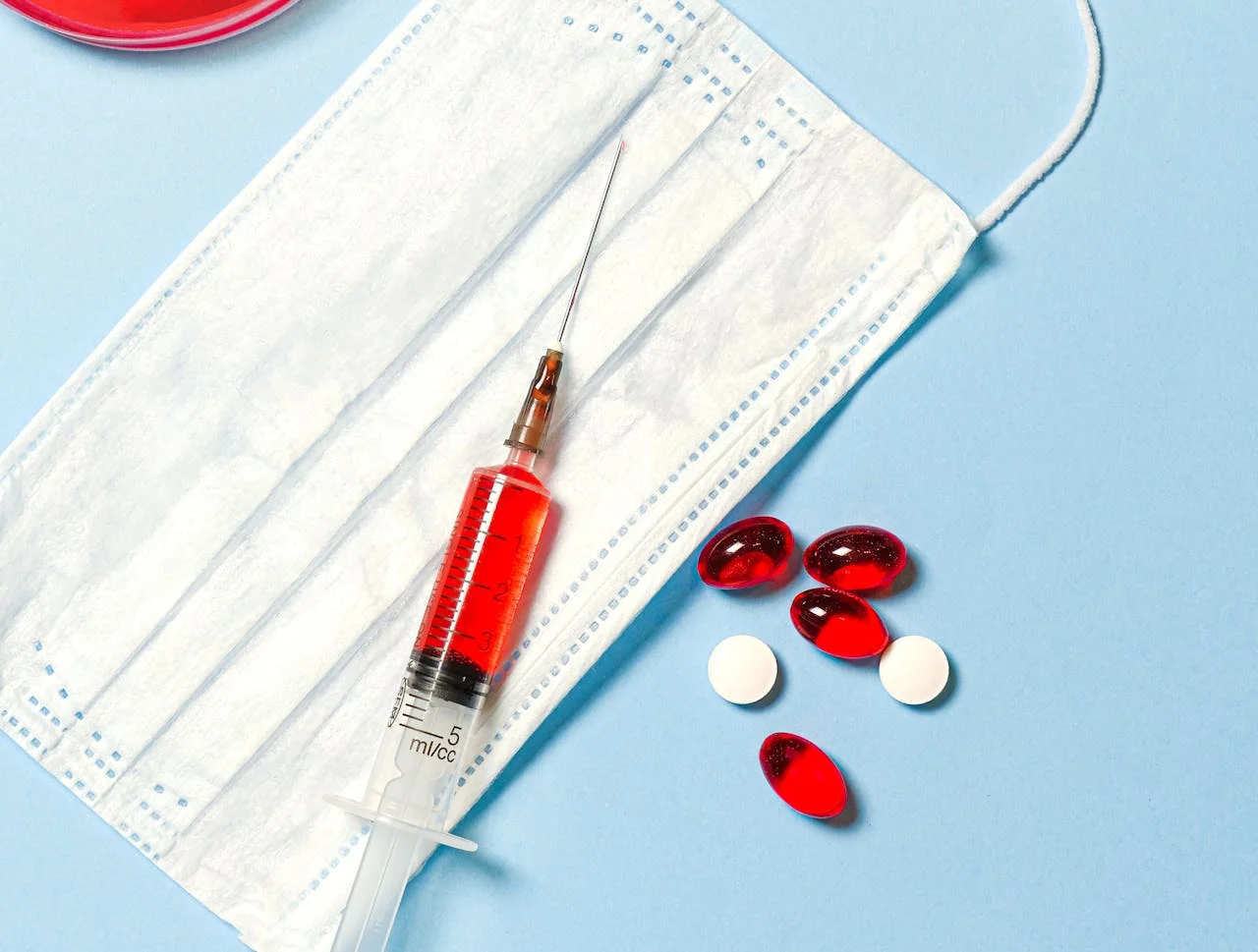
Astellas Pharma Inc. (TSE: 4503, President and CEO: Naoki Okamura, referred to as “Astellas”) has received notification from the U.S. Food and Drug Administration (FDA) regarding the acceptance of the company’s supplemental New Drug Application (sNDA). This acceptance pertains to the inclusion of positive 2-year data in the U.S. Prescribing Information for IZERVAY™ (avacincaptad pegol intravitreal solution) intended for treating geographic atrophy (GA) secondary to age-related macular degeneration (AMD). The sNDA submission is grounded on findings from the GATHER2 Phase 3 clinical trial, which assessed the effectiveness and safety of monthly (EM) and every other month (EOM) dosing over a two-year period.
Under the Prescription Drug User Fee Act (PDUFA), the FDA has slated a target action date of November 19, 2024. This acceptance follows the U.S. Centers for Medicare and Medicaid Services’ issuance of a permanent J-code for IZERVAY, effective April 1, 2024, aimed at expediting patient access in the U.S.
Carolyn Sasse, Development Head, Cell and Gene Therapy at Astellas Pharma, stated, “Astellas is dedicated to providing innovative treatments to patients with retinal diseases, including geographic atrophy. We are gratified by the FDA’s decision to assess our application and eagerly anticipate collaborating with the Agency throughout the review process.”
The data from GATHER2 showcased that IZERVAY continued to diminish the rate of GA lesion progression in patients with GA secondary to AMD over the span of two years compared to sham treatment. The therapeutic advantage of IZERVAY over sham treatment was discernible as early as six months, escalated over time through two years, and more than doubled from year 1 to year 2.
Throughout the GATHER2 trial, IZERVAY demonstrated good tolerability over two years, with one case each of non-serious intraocular inflammation (IOI) and culture-positive endophthalmitis, and no instances of ischemic neuropathy or serious intraocular inflammation, including retinal vasculitis. Over the two-year period, there was a slight increase in the incidence of choroidal neovascularization (CNV) with IZERVAY (11.6%) compared to sham (9%).
Veeral S. Sheth, MD, MBA, FACS, FASRS, Partner and Director of Clinical Trials at University Retina, commented, “GA is a chronic, progressive disease that can lead to irreversible vision loss. The approval of IZERVAY for longer-term use based on the latest safety and efficacy data would be a welcome development for the retina community.”
IZERVAY was initially approved by the U.S. Food and Drug Administration on August 4, 2023, for the treatment of GA secondary to AMD and is presently under review by the European Medicines Agency.
Astellas has already factored in the impact of this outcome in its financial forecast for the fiscal year ending March 31, 2024.
About the GATHER2 Clinical Trial: GATHER2 (NCT04435366) was a randomized, double-masked, sham-controlled, multicenter Phase 3 clinical trial involving 448 enrolled patients with GA secondary to AMD. The primary objective was met at 12 months, where patients were randomized to receive either ACP or sham procedure monthly. In the second year, patients treated with ACP in the first year were re-randomized to receive either monthly (EM, n=96) or every other month (EOM, n=93) dosing, while those who received sham treatment in the first year continued to receive it in the second year (n=203). IZERVAY is still under evaluation in an open-label extension study.
About IZERVAY™ (avacincaptad pegol intravitreal solution): U.S. INDICATION: IZERVAY (avacincaptad pegol intravitreal solution) is indicated for the treatment of geographic atrophy (GA) secondary to age-related macular degeneration (AMD).
IMPORTANT U.S. SAFETY INFORMATION:
CONTRAINDICATIONS: IZERVAY is contraindicated in patients with ocular or periocular infections and in patients with active intraocular inflammation.
WARNINGS AND PRECAUTIONS: Endophthalmitis and Retinal Detachments: Intravitreal injections, including those with IZERVAY, may be associated with endophthalmitis and retinal detachments. Proper aseptic injection technique must always be used when administering IZERVAY in order to minimize the risk of endophthalmitis. Patients should be instructed to report any symptoms suggestive of endophthalmitis or retinal detachment without delay and should be managed appropriately. Neovascular AMD: In clinical trials, use of IZERVAY was associated with increased rates of neovascular (wet) AMD or choroidal neovascularization (7% when administered monthly and 4% in the sham group) by Month 12. Patients receiving IZERVAY should be monitored for signs of neovascular AMD. Increase in Intraocular Pressure: Transient increases in intraocular pressure (IOP) may occur after any intravitreal injection, including with IZERVAY. Perfusion of the optic nerve head should be monitored following the injection and managed appropriately.
ADVERSE REACTIONS: The most common adverse reactions (incidence ≥5%) reported in patients receiving IZERVAY were conjunctival hemorrhage, increased IOP, blurred vision, and neovascular age-related macular degeneration.
Please see full Prescribing Information for more information.
About Geographic Atrophy: Age-related macular degeneration (AMD) is the major cause of moderate and severe loss of central vision in aging adults, affecting both eyes in the majority of patients. The macula is a small area in the central portion of the retina responsible for central vision. As AMD progresses, the loss of retinal cells and the underlying blood vessels in the macula results in marked thinning and/or atrophy of retinal tissue. Geographic atrophy, associated with AMD, leads to further irreversible loss of vision in these patients.




